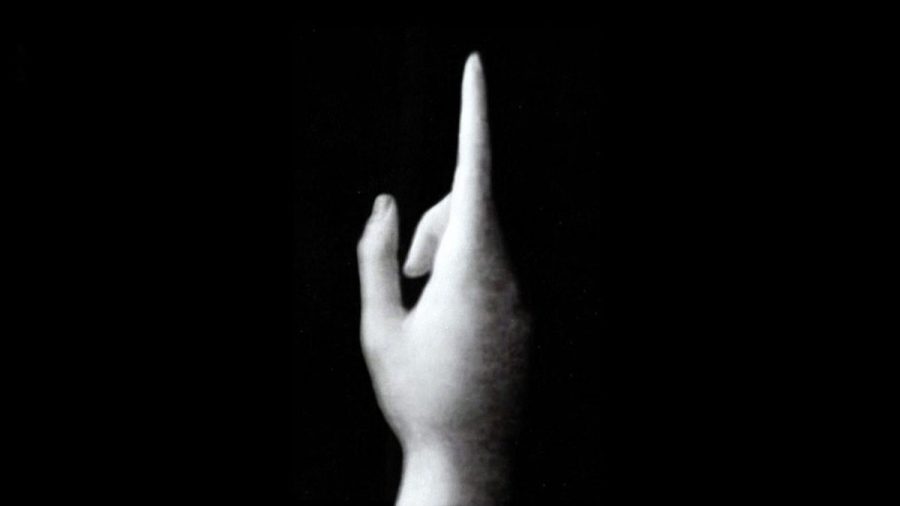Godard’s “The Image Book” Challenges Viewers
By Matthew Dillon
“The Image Book” is the newest film from acclaimed French director Jean-Luc Godard. Like most of his body of work, it eschews nearly all of mainstream cinema’s conventions to create a more intense, aggressive sort of movie experience. The film is composed of footage from various sources, some original and some historical. Classic movies and news segments are paired alongside Holocaust footage and ISIS executions. “The Image Book” alters the footage in a number of ways; in addition to removing its context, it changes the volume, colors and even aspect ratio to distort the original content.
At times, Godard’s narration will offer an insight to the intended meaning, though it is often as vague as the visuals it accompanies. The film concerns itself with the role cinema serves in society, the position the Arab world inhabits in Western media, as well as the reality it purports to depict. The end result is a fascinating, disorienting experience. The presentation of its content and at times the content itself is a constant assault on the viewer’s senses and sensibilities.
“The Image Book” is a deeply uncomfortable experience for the entirety of its hour and 24-minute runtime. Unfortunately, it is not a particularly watchable film, especially for those with little exposure to non-mainstream films. “The Image Book” succeeds in its stated goal and in conveying the emotions it aims to, even if the exact content of its messages is at the best of times unclear. However, while working towards that end, the film becomes genuinely agonizing to watch. Nothing in Godard’s repertoire is meant for general audiences, and “The Image Book” is no exception.
While Godard is talented, he is not beyond reproach and neither is his work. Similarly, “The Image Book” may be intended to be borderline unwatchable, but that does not excuse all its faults. The meaningful portions of the film feel too stretched out, and the absence of a real sense of pacing does not help. Additionally, it could be argued that the film’s important messages about communism, media representation and the Middle East are done a disservice by their garbled presentation.
At times, it feels like “The Image Book” wastes a chance at being genuinely meaningful in favor of aspiring towards obscurity. Godard’s conviction is impressive, and he is worthy of the acclaim he gets, but it is worth asking if the themes “The Image Book” tackles can be examined adequately within the approach he has chosen. “The Image Book” is thought-provoking, if nothing else. Even if much of the nuance is lost in the (at times literal) noise, it still manages to pose some important questions. Much of it can be read as a condemnation of film and other visual media. Removing or altering a few details is enough to render it incoherent or project an entirely new meaning onto it.
Alternatively, it can be viewed as a testament to the power of images. Even in such a warped, bizarre state, the film’s many tableaus manage to retain their fundamental message and atmosphere. Most viewers will likely spend most of the film trying to decipher it, and that creates a uniquely engaging experience. “The Image Book” is an exhausting film and not always for the better, but it still breaks the mold where it counts.









































































































































































































